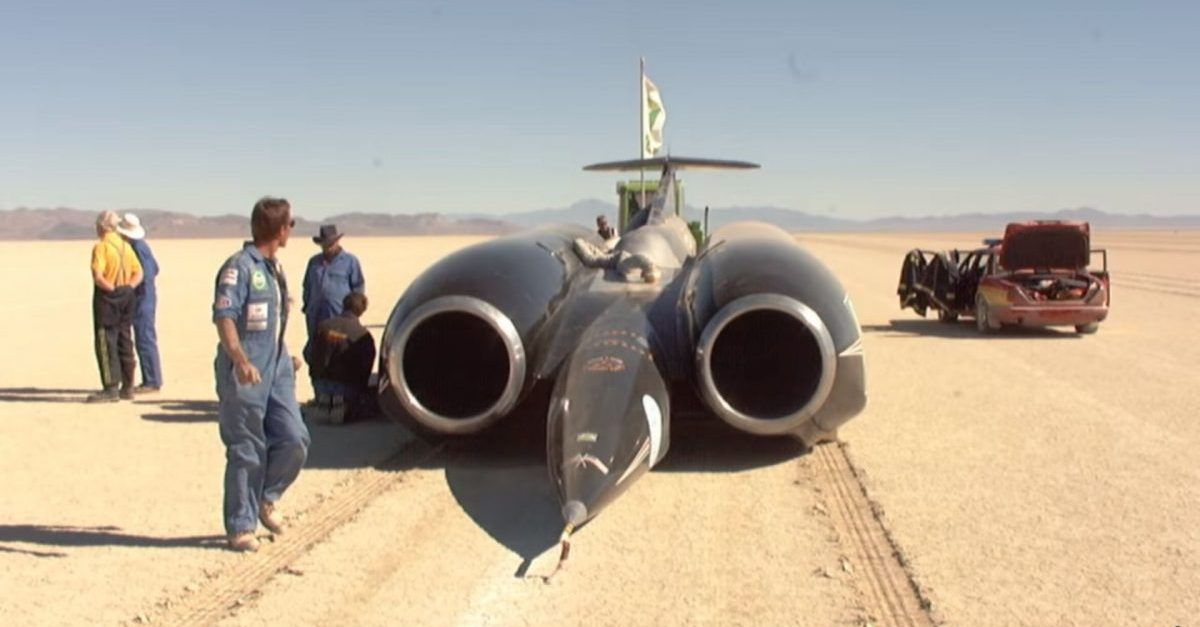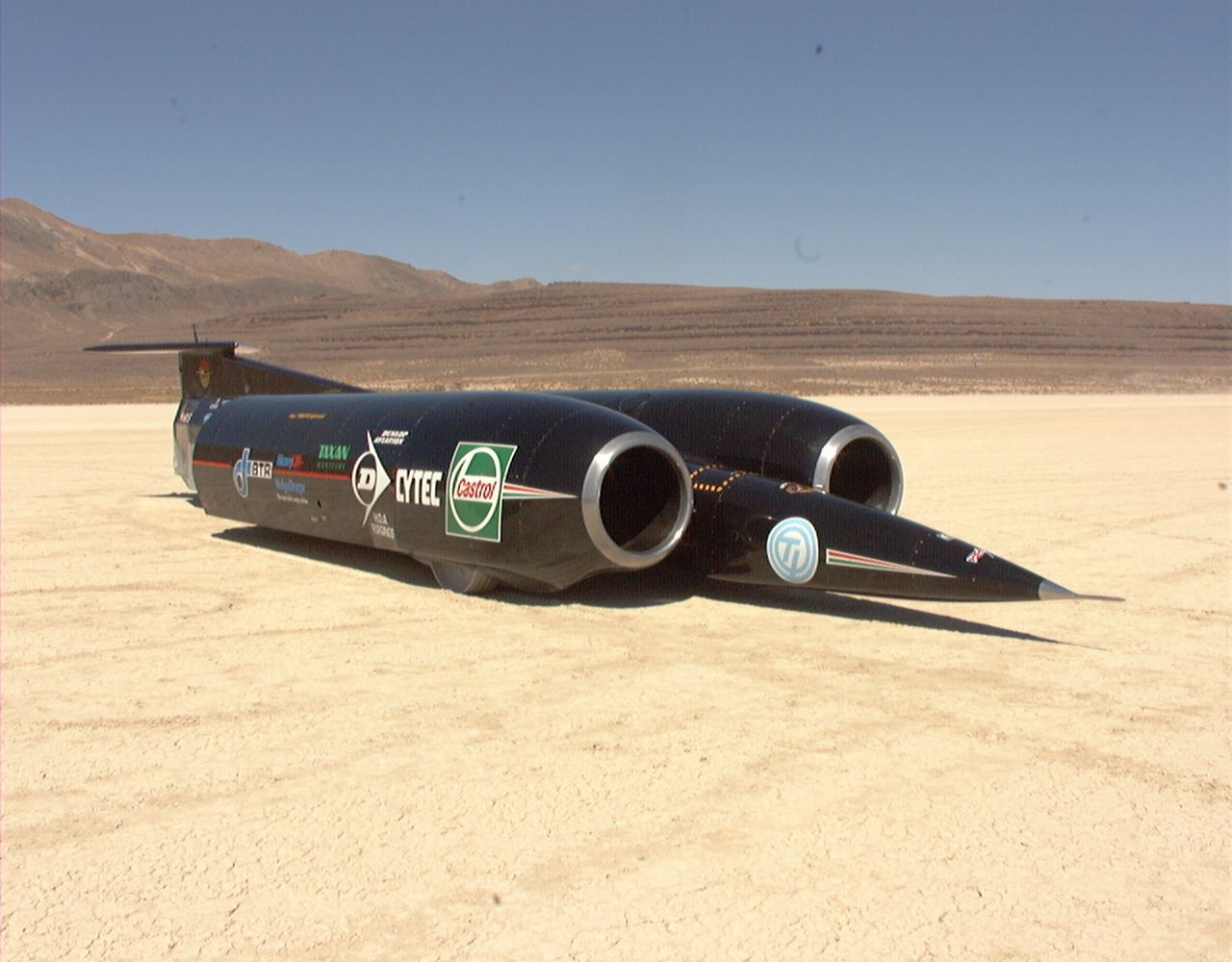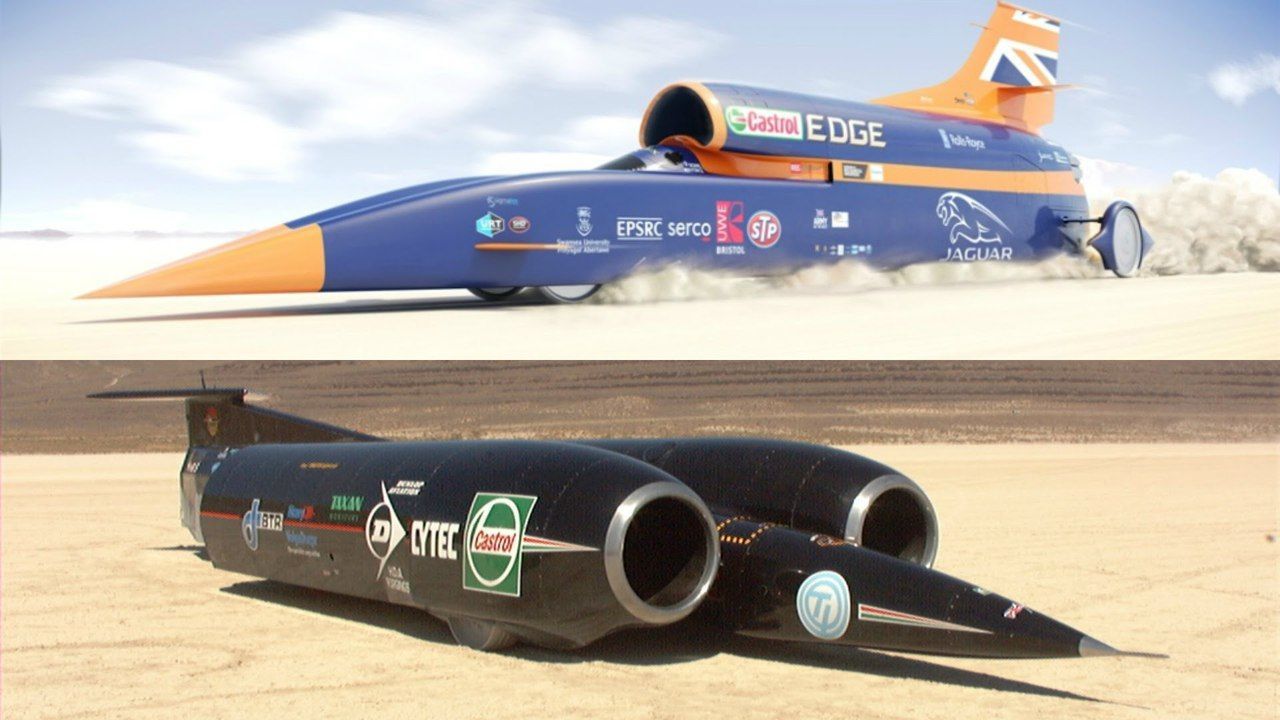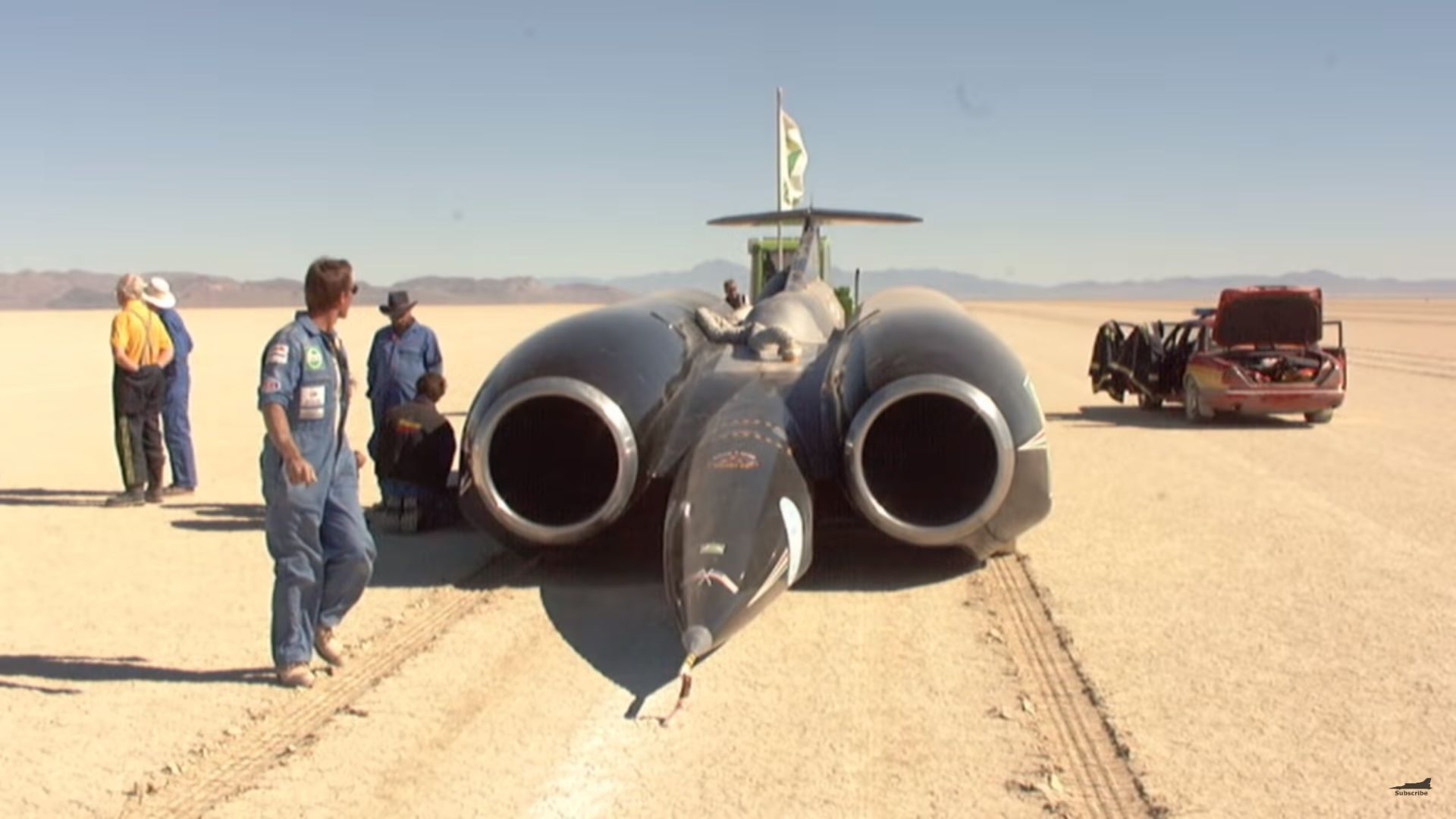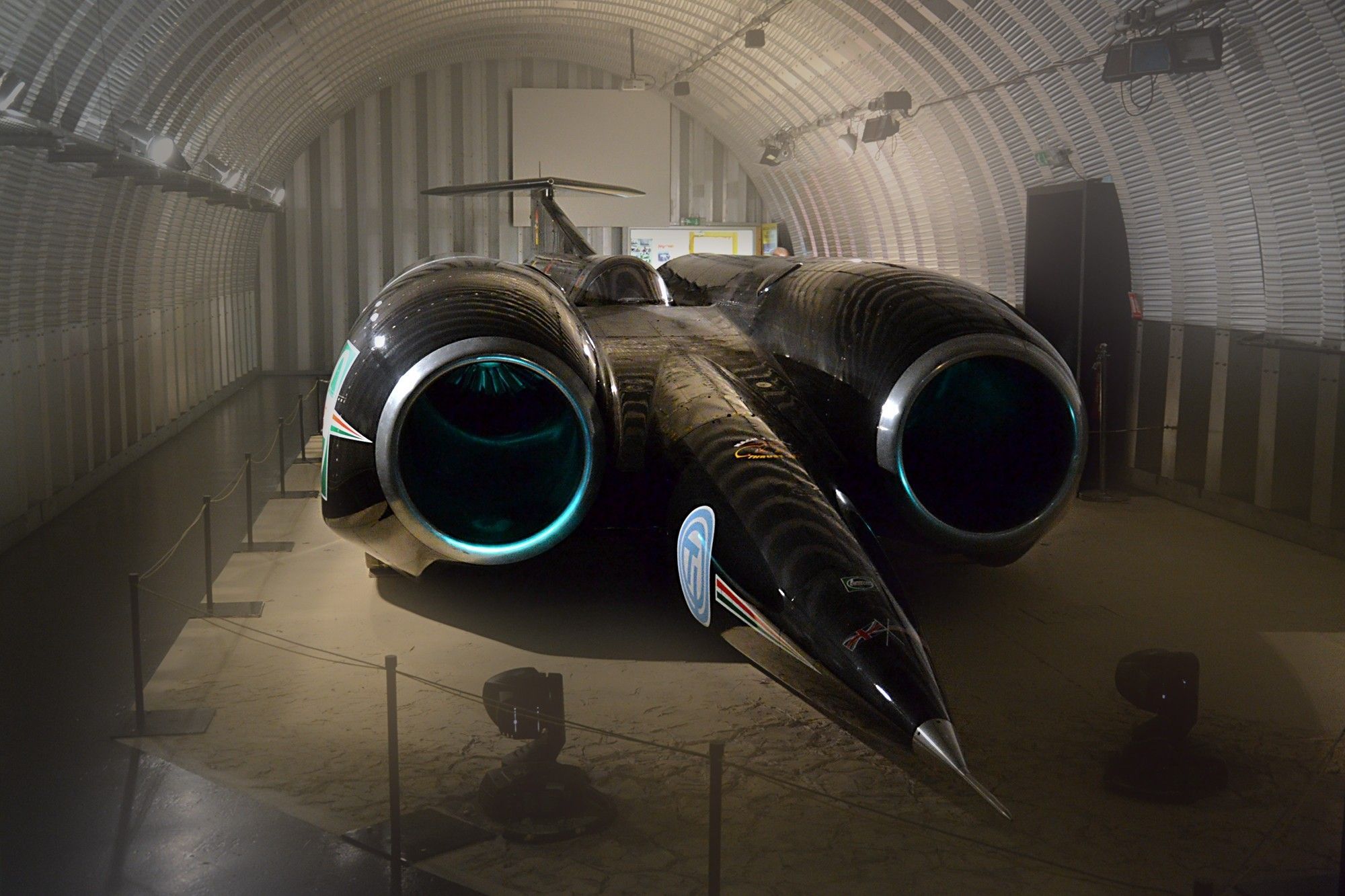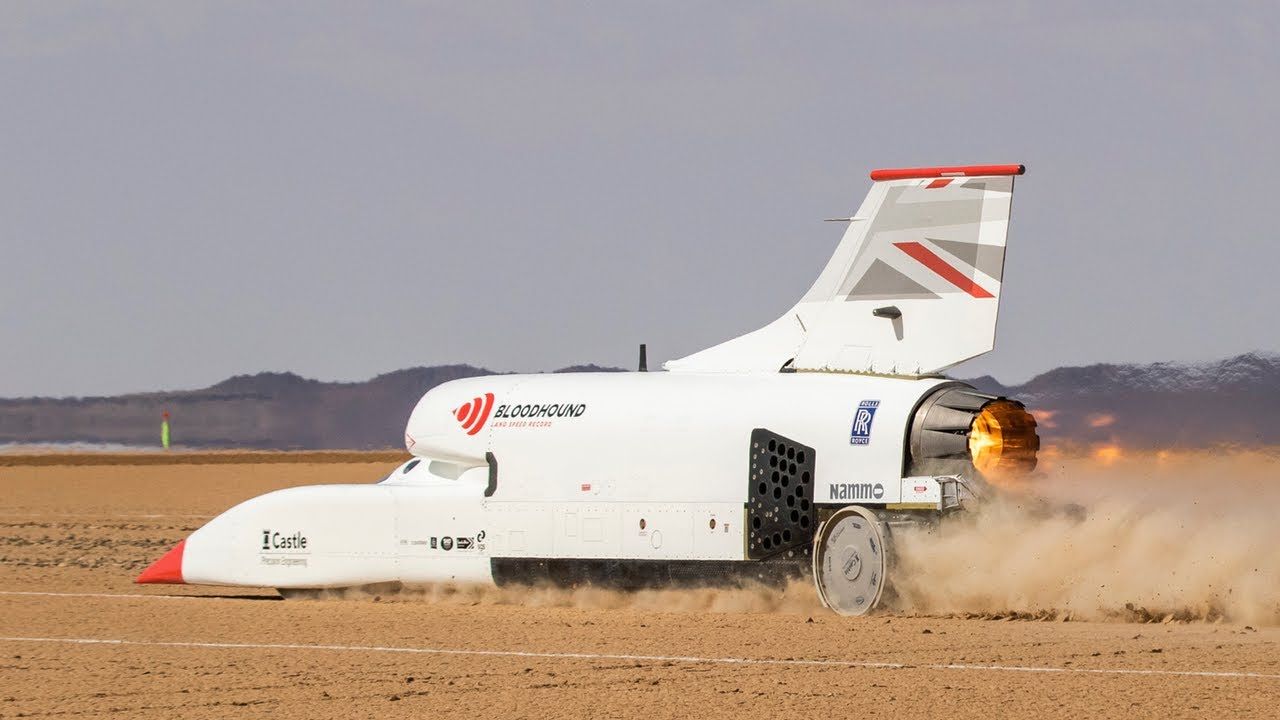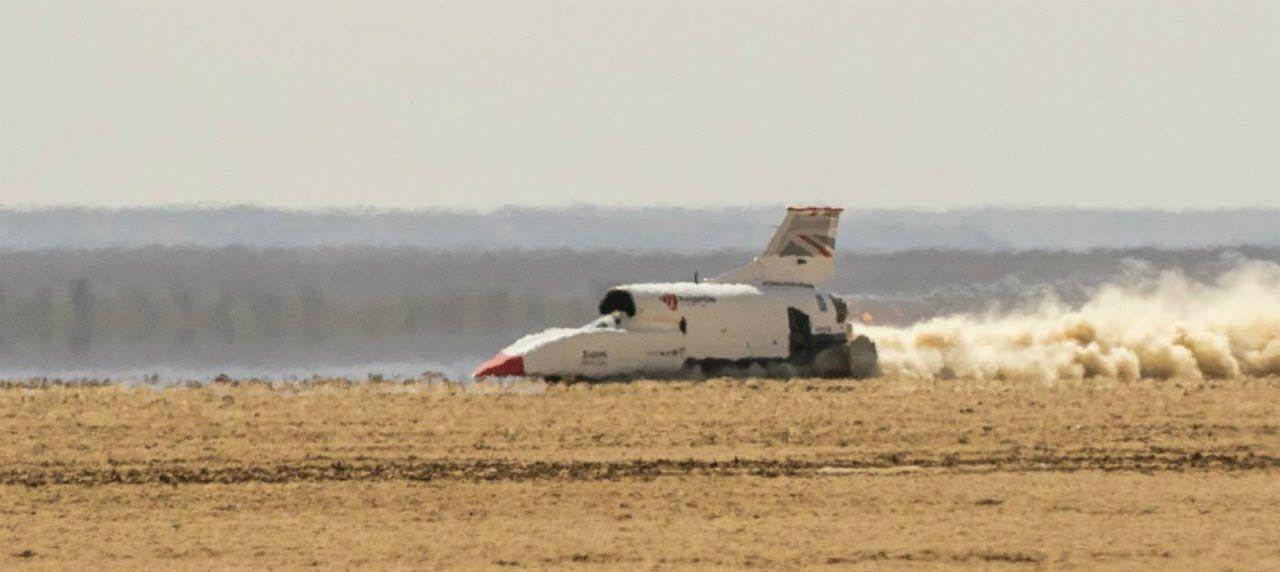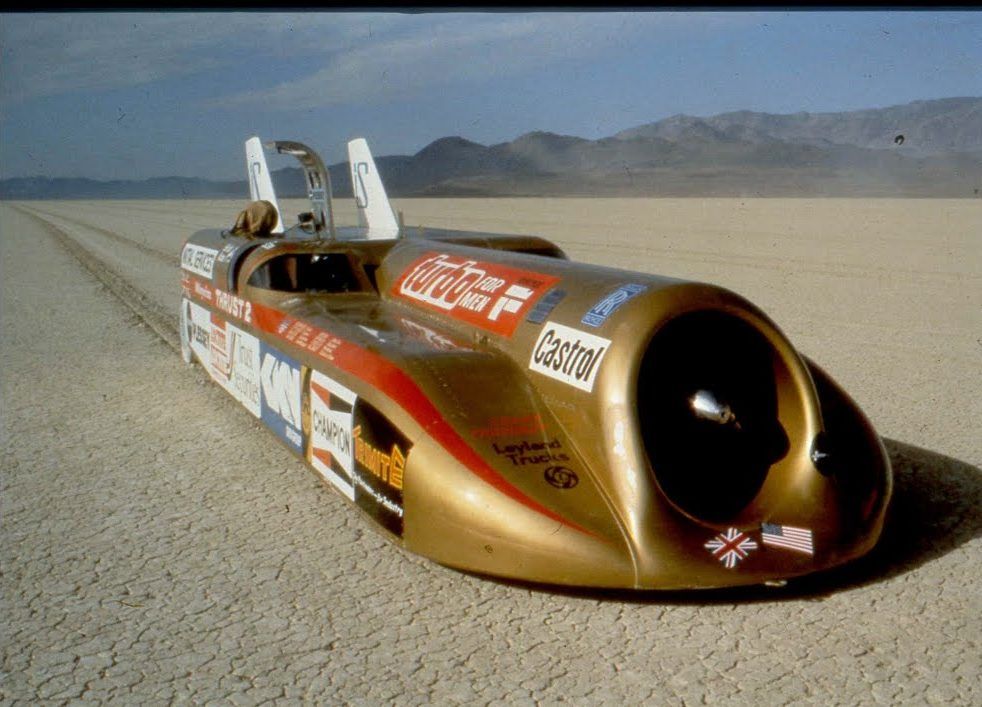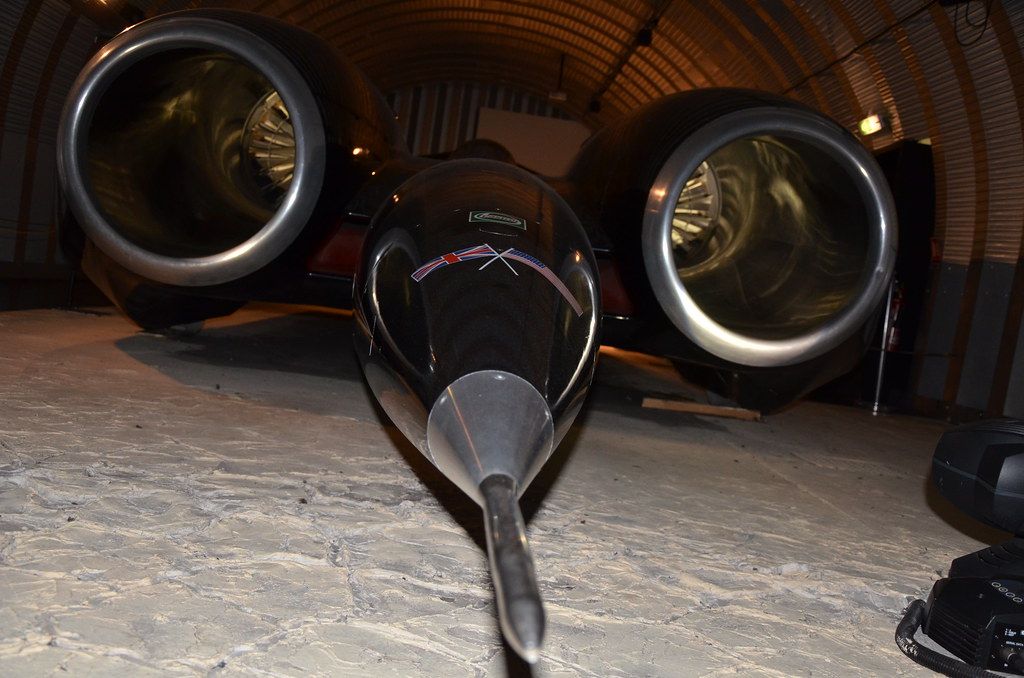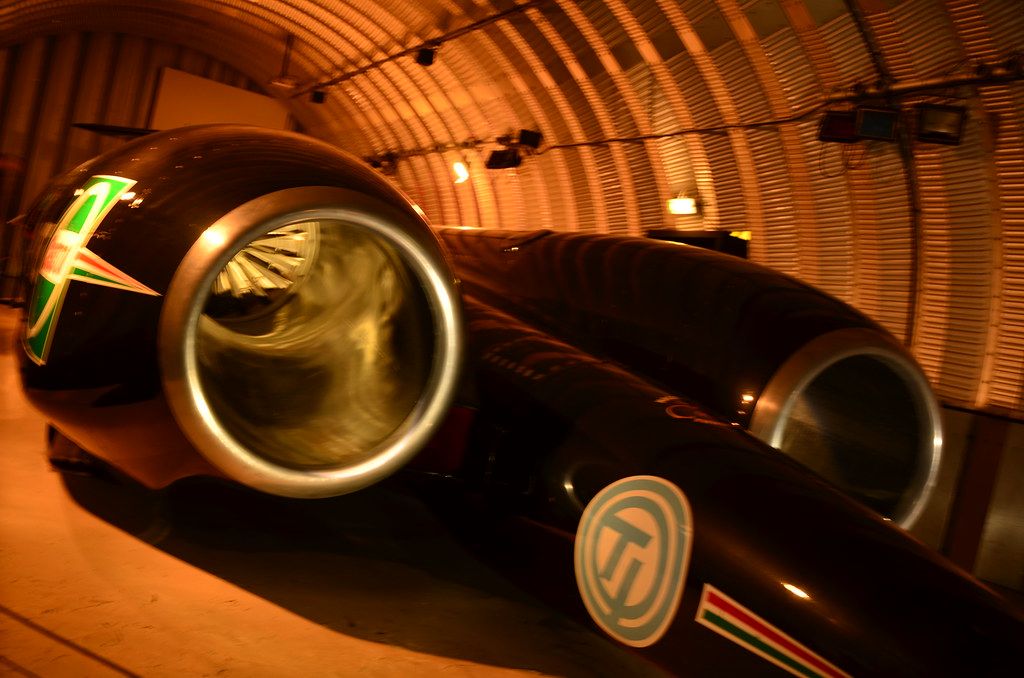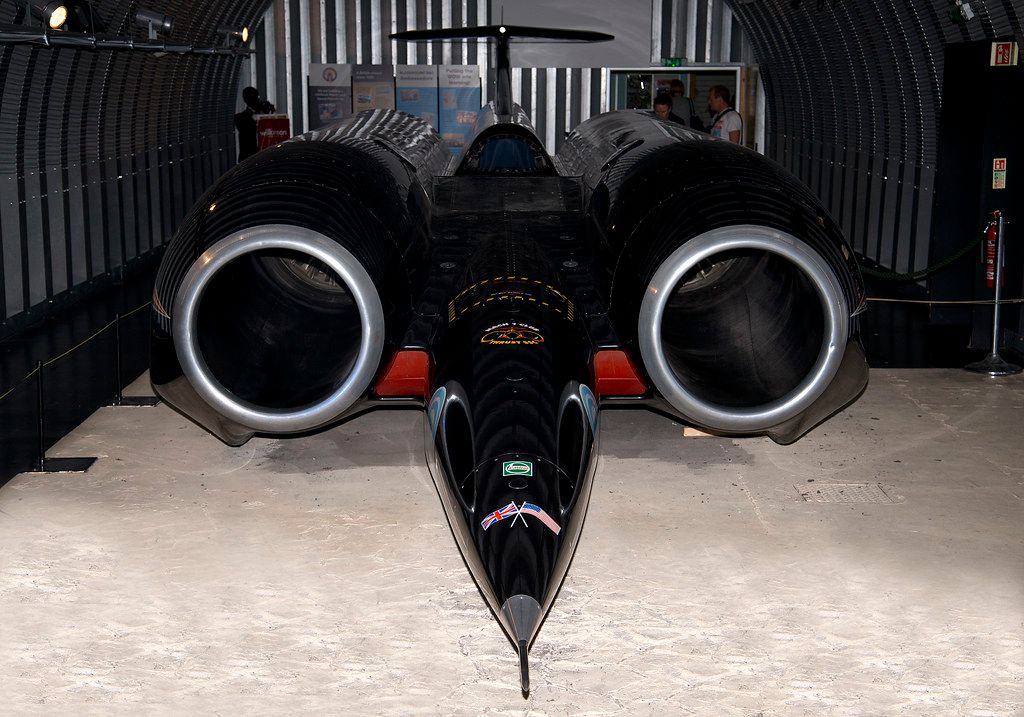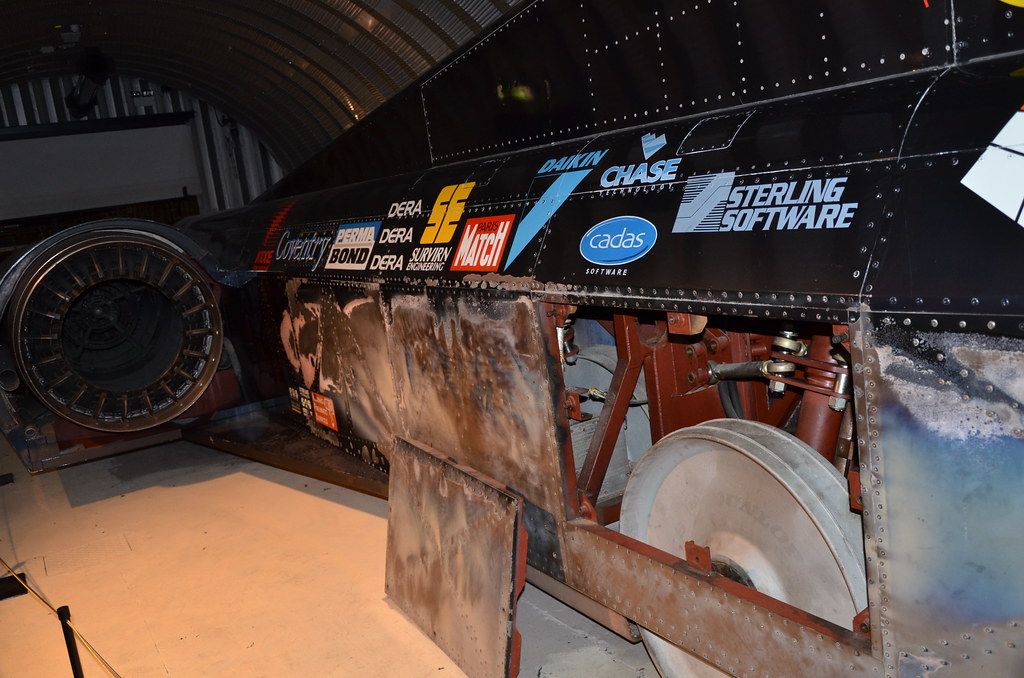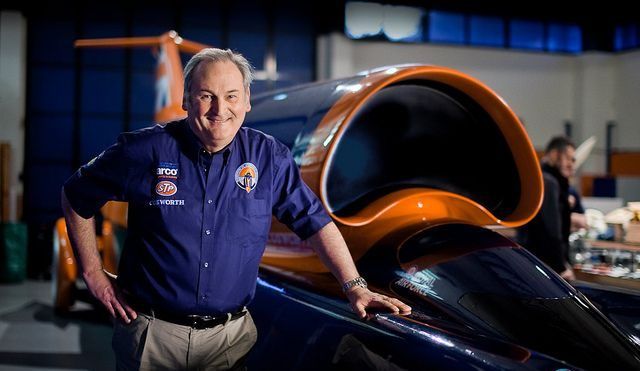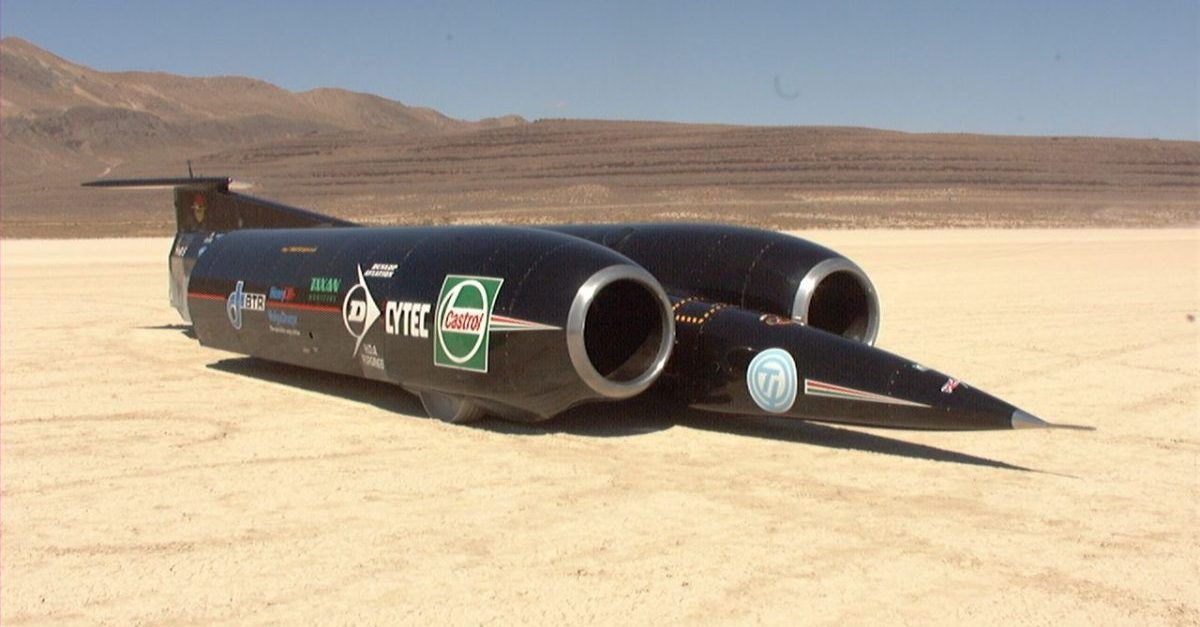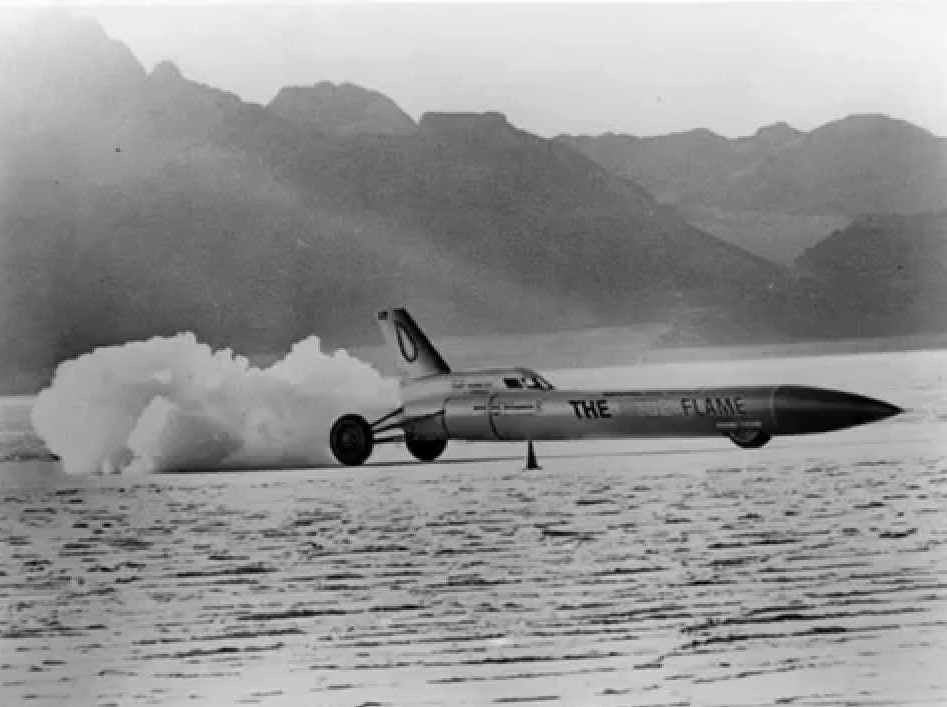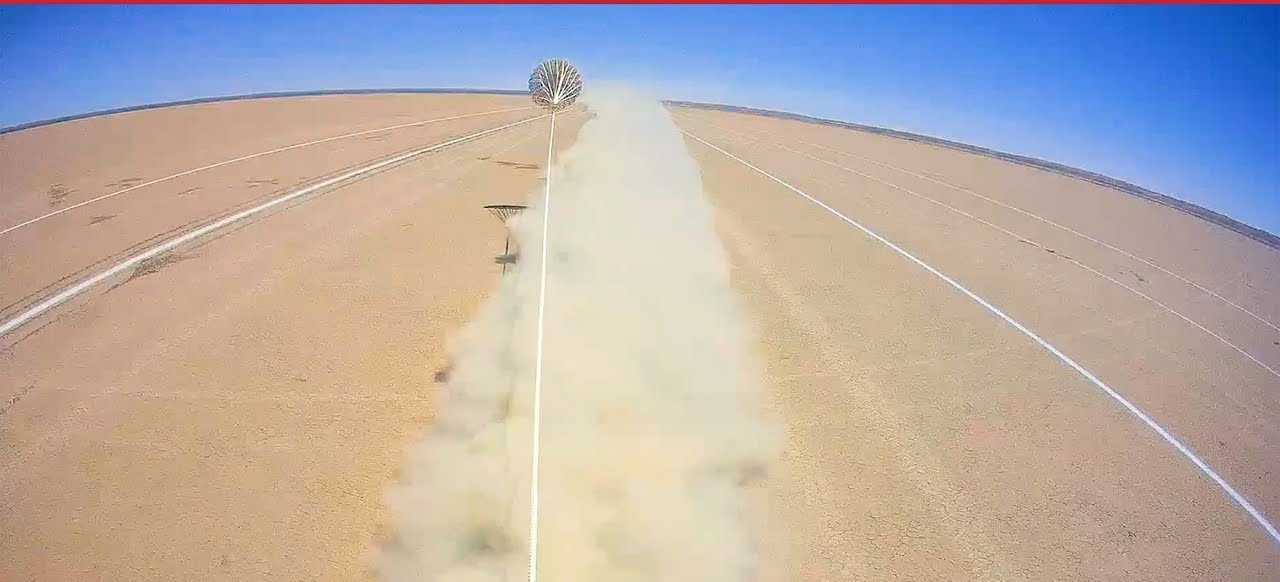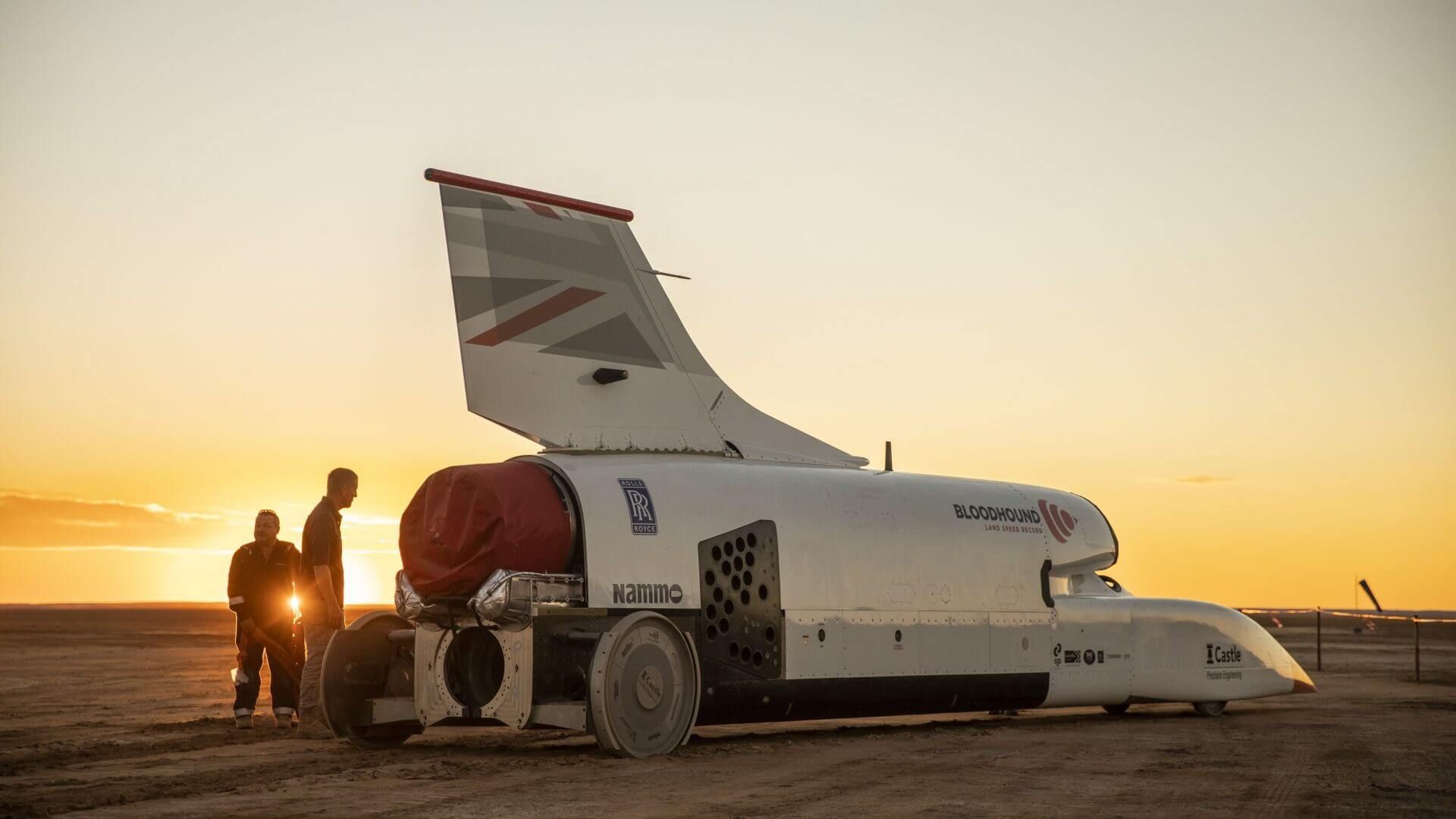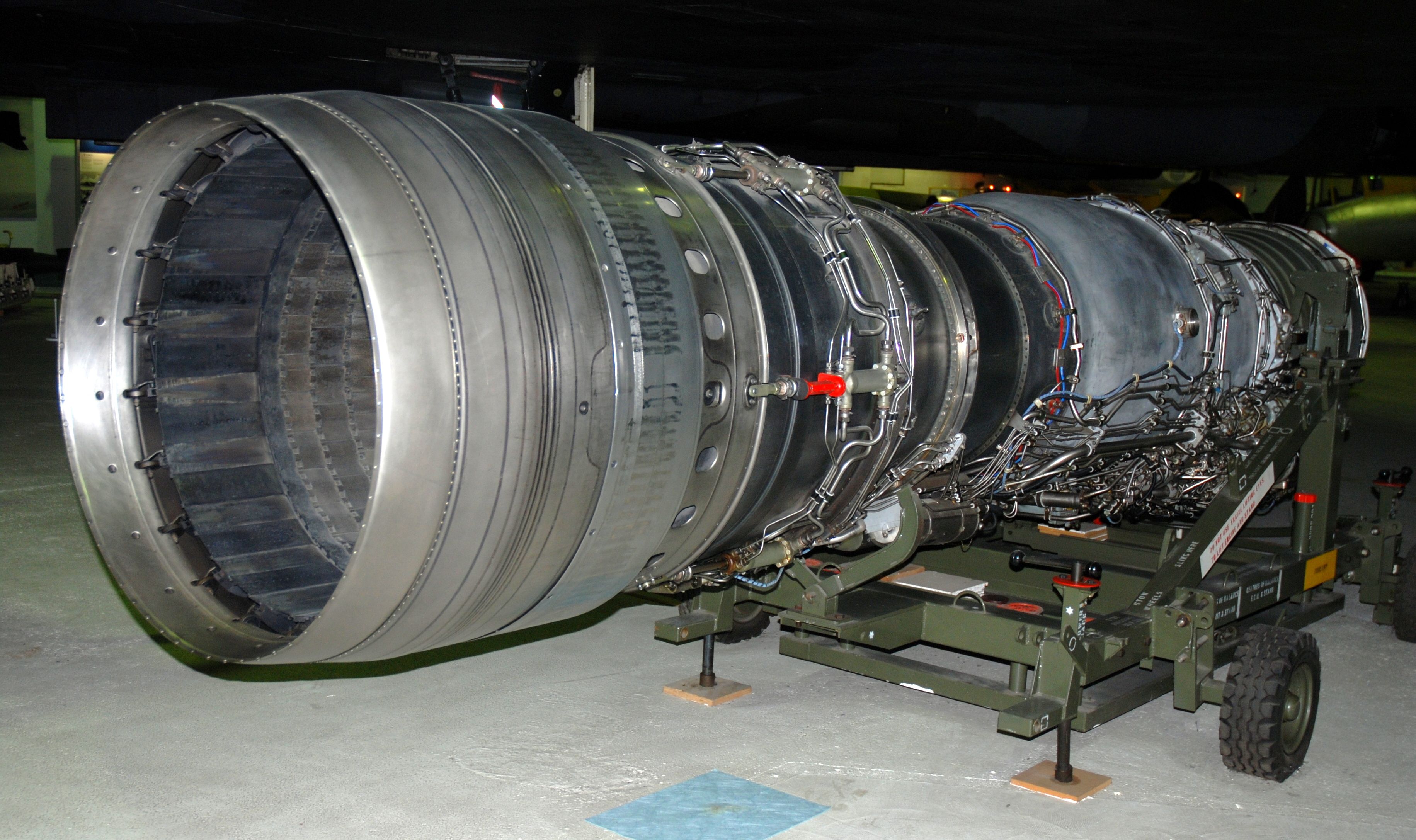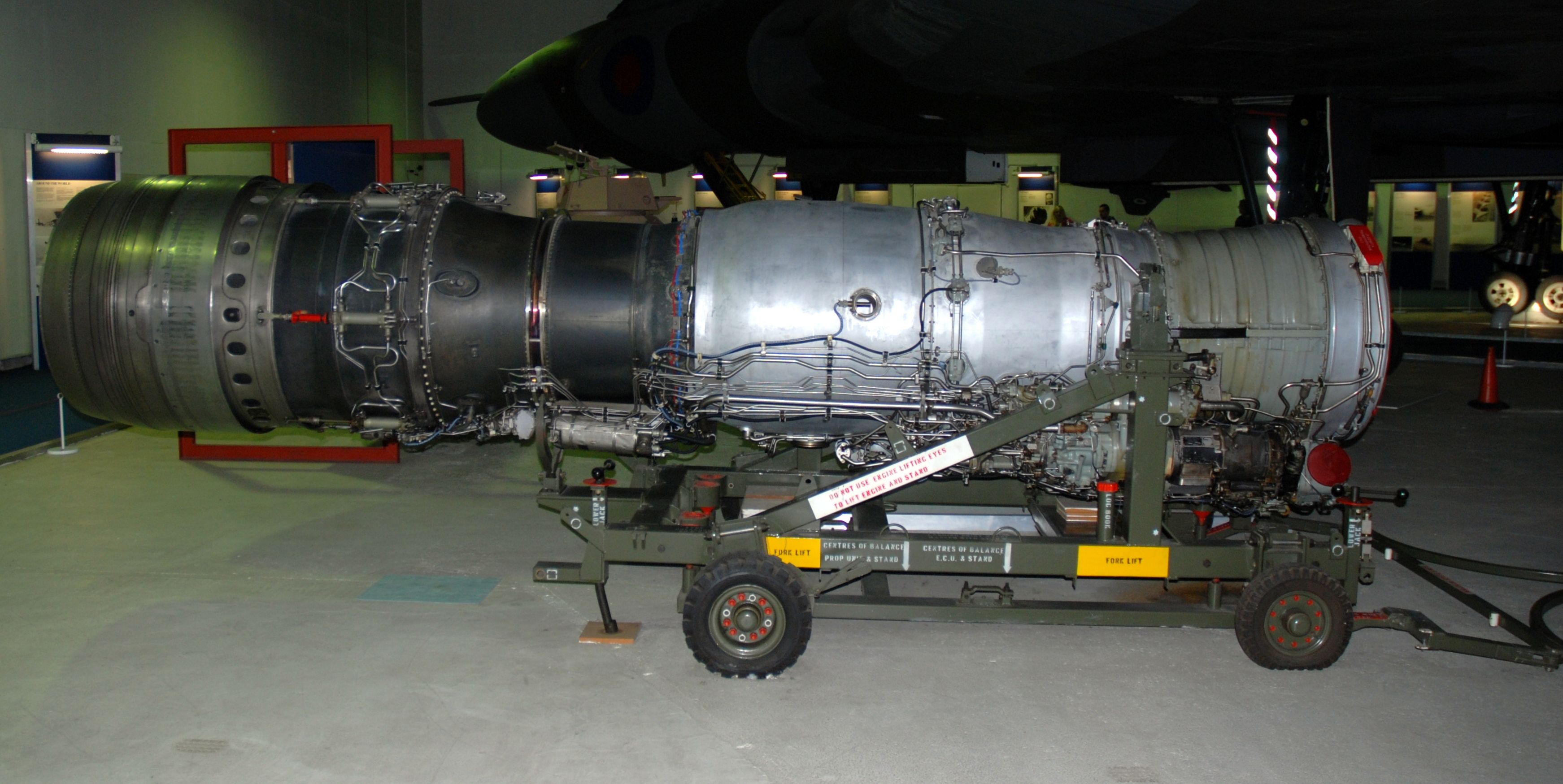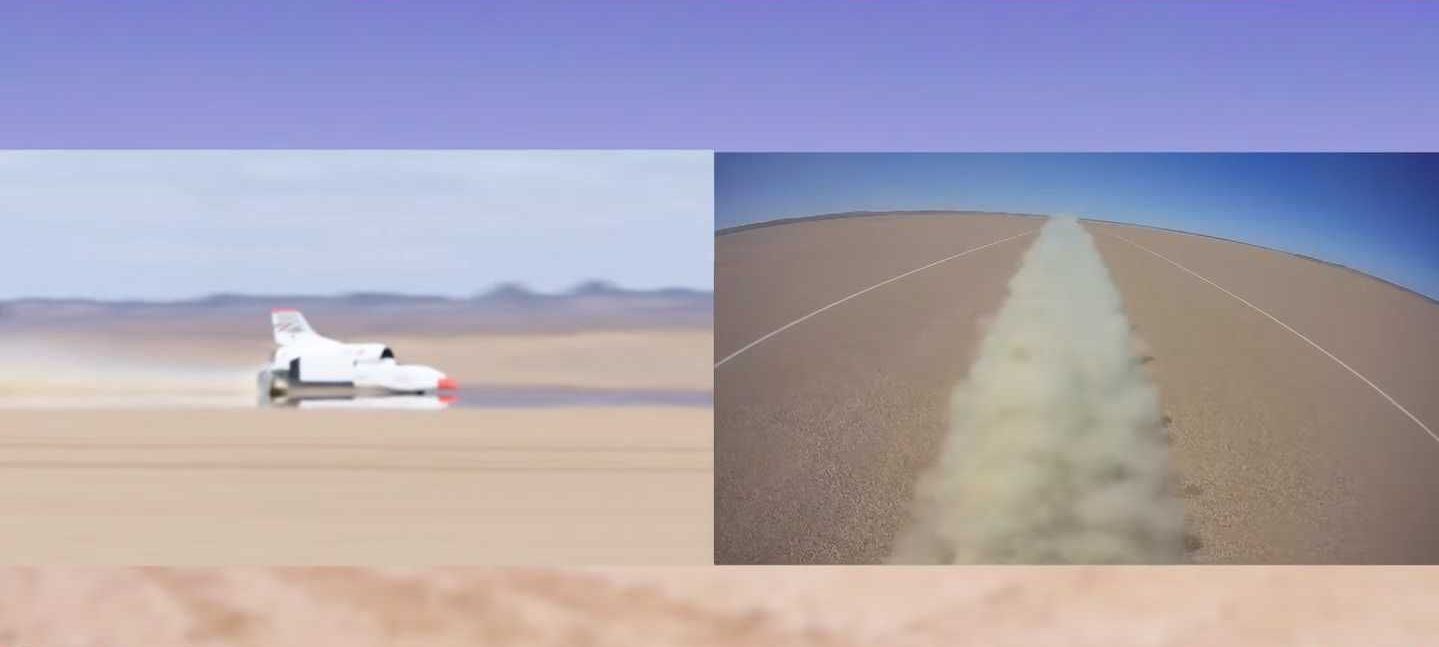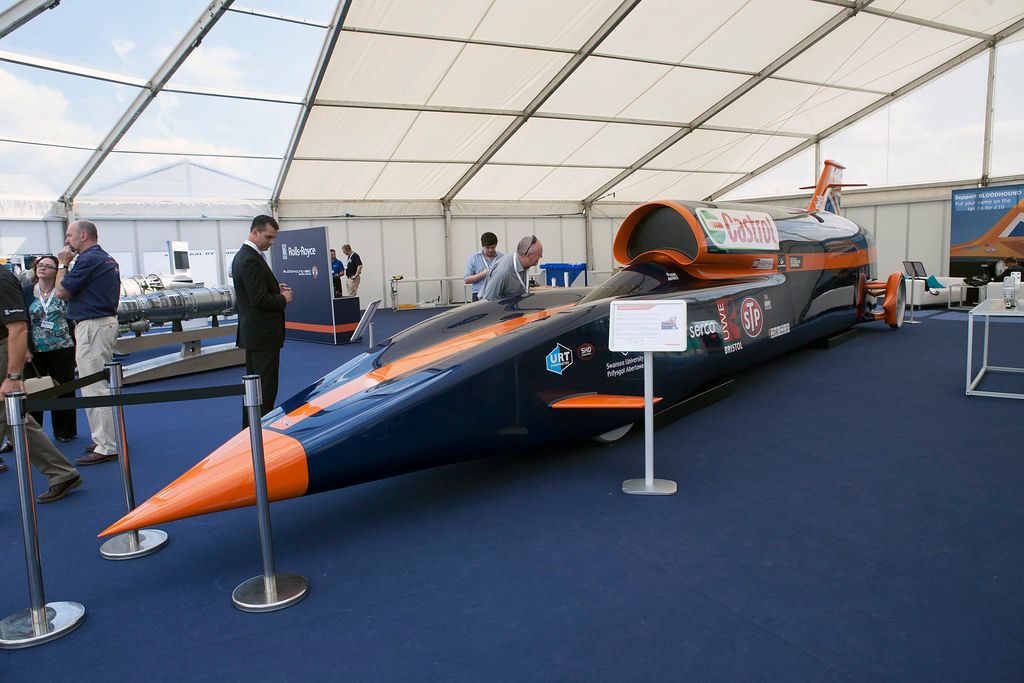The Thrust SSC reset the world ground speed record, managing to achieve speeds of 763 miles per hour in the Black Rock Desert in Nevada. The record was set by former British Royal Air Force pilot Andrew Green.
The land speed record was set on 15 October 1997, and now, 24 years later, it remains the world's fastest car in history despite the attempts to beat it. Today the Thrust SSC is on display in the Coventry Transport Museum in Coventry, England where it can be viewed by the public.
Here are 10 mind-bending facts about the Thrust SSC - the fastest car in history.
10 Powered By Two Jet Engines
The Thrust SSC was powered by two afterburning Rolls-Royce Spey turbofan engines. These were the engines that were used on the British version of the McDonnell Douglas F-4 Phantom II.
The F-4 Phantom II was one of the most successful early Cold War American fighter jets and some countries still have them in service today. The Rolls-Royce Spey turbofan engines were originally intended for civilian use, but they were later used for a range of military aircraft including British, Chinese, and Brazilian fighter jets.
9 The Only Car To Break The Sound Barrier
In 1997, it became the first and only car to break the sound barrier. The exact speed of sound depends on a bunch of factors including the temperature, but at 20 degrees Celsius, it is around 767 miles per hour.
The first aircraft to break the sound barrier was in 1947 by the American test pilot Chuck Yeager. That test flight demonstrated that safe supersonic flight was achievable in purpose-designed aircraft
8 Accelerated 25 MPH Every Second
With both engines lit and with the driver's foot flat on the floor, the Thrust SSC would lunge forward, accelerating at a dizzying 25 mph every second.
That is some crazy acceleration and would throw you back firmly in your seat. While that is actually slower than the upcoming Tesla Roadster with its 0-60 mph in just 1.9 seconds, it's not far behind and can sustain it for far longer than the Roadster.
7 Approaching Supersonic
As the vehicle approaches the speed of sound, the airflow first starts to go supersonic underneath the car. Then the air starts to go supersonic above the car.
At this speed, approaching the speed of sound, the driver had to maintain a firm and steady grip on the vehicle. Even at this point, he was going faster than any other man has ever done in a land vehicle.
6 The Car Would Pull To The Left
Because of the way it was constructed with the rear wheels being staggered, it would tend to pull to the left. Once speeds of around 600 miles per hour were being reached it would be pulling very hard to the left with Andrew Green having to hold the steering wheel at a crazy 90-degree angle.
It boggles the mind how they would have designed it like that. It seems like a design flaw and an accident waiting to happen (any accident at these speeds would only be catastrophic). But still, no accident happened, and Andrew Green was able to control it.
5 The Supersonic Boom
Speaking of the supersonic boom, Anthony Green stated that it was the "loudest, highest pitch scream I've ever heard".
Once the Thrust SSC reached 700 mph and the car started to go fully supersonic, the car also started to go perfectly straight without any pulling to the side.
4 Wild Deceleration
As the car started to decelerate, it set the dashboard alight with warning signals due to the g-force effect of such rapid deceleration. The oil lights all came on as the oil was thrown to the front of the engine and the fuel light started blinking.
Deceleration was at 1 g or over 20 miles per second and not so far from the rate at which the Thrust SSC accelerated.
3 The Parachute
Once the Thrust SSC had decelerated to around 500 miles per hour, the parachute was deployed. The inertia of a 10-ton car speeding forward at 500 mph is immense.
To counteract that inertia, the parachute at those speeds generated around 400 or 500 tons of drag.
2 Engines Shut Off Before Stopping
At around 100 miles per hour, the engines were shut off. When the Thrust SSC was traveling at blazing speeds it was well ahead of the massive dust clouds it was kicking up.
But as it slows down to this point, the engines have done their bit and there is the risk of dust and particles getting sucked into the jet engines.
1 Bloodhound LSR
For years now, there has been a new British project to not only break but smash the land speed record. While the Thrust SSC managed to achieve a record speed record of 763 miles per hour, the aim of the Bloodhound is to get up to 1,000 miles per hour.
Andrew Green is found on the Bloodhound team as the driver to break his own land speed record. However, the project has once again run out of money, sowing doubt if this goal will ever be achieved.
In summary, the Thrust SSC remains unbeaten and a testament to human engineering.

